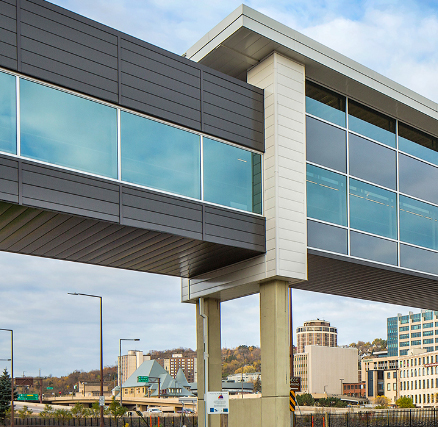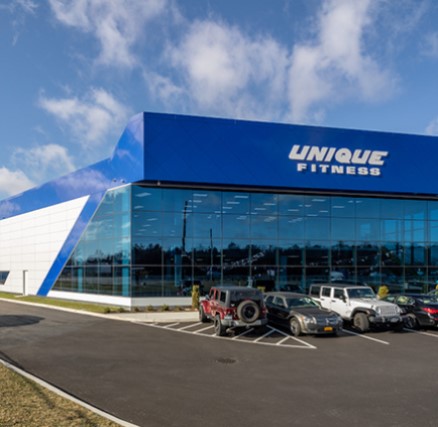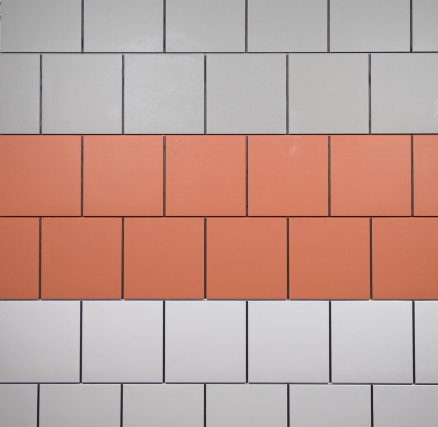
Great Lakes Research Center showcases the best in metal wall panel technology.
Stationed on the shores of the Keweenaw Waterway to Lake Superior, Michigan Tech’s new, three-story Great Lakes Research Center (GLRC) is a one-stop shop for any and all scientific research relating to the Great Lakes—the largest surface freshwater system in the world. The facility hosts collaborations between a number of university departments researching air-water interactions, biogeochemistry, hydrodynamics, fisheries, and storm-water management, amongst other subjects.
In addition to eight complex laboratories, the GLRC features a boathouse, docking facilities, and public spaces for conferences and K-12 education, as well as a 100-seat auditorium. The GLRC provides an ideal space for scientists to study freshwater systems, incorporating state-of-the-art technology in the form of a powerful supercomputer and a complex network of environment-monitoring buoys.
The project also employs state-of-the-art sustainability practices. In winter, the GLRC is heated using hot water distributed from a heat exchanger installed on Michigan Tech’s main boiler. The facility relies on CENTRIA’s advanced thermal and moisture protection (ATMP) technology to keep the heat indoors as the first line of defense against the tough, lake-effect weather of the Great Lakes region.
“The use of a state-of-the-art metal wall system reflects the state-of-the-art science taking place within the building,” David Clark, VP/Director of Architectural Design with Michigan’s Fishbeck, Thompson, Carr & Huber, noted.
Designers featured CENTRIA’s Formawall Dimension Series 3”-T insulated metal panels and Formavue FV-600 integrated window with other compatible components, such as C/S Louvers and Sunshades.
Formawall panels feature pressure-equalized and vented dry seal joinery. The product uses a factory foamed-in-place core to minimize insulation gaps, while a thermal break between metal face and liner minimizes heat transference. Dimension Series 3”-T also offers thermally enhanced panel joinery, and the insulated metal vertical joint (IMV) is the only foam panel product that offers a four-sided metal joint for added aesthetic flexibility and superior thermal performance.
Serving as design architect for the GLRC, Clark reported that CENTRIA’s integrated insulated metal panels were the basis of the GLRC specification—citing single-source responsibility between window and wall components as a major project benefit.
“The integrated system allowed for improved detailing between window and wall components, providing better environmental performance and cleaner aesthetics,” Clark said.3300

Liquid metal
The Great Lakes environment served as aesthetic inspiration for the building materials, including aquatint glazing on the windows and curtain wall systems and CENTRIA’s insulated and un-insulated metal panels in Deep Sea Blue, sparkling Silversmith, and Medium Gray.
“The aesthetic goal of the building is to reflect the community and its history while expressing the programmatic functions occurring within the building,” Clark said. “Exterior materials including metal panels and the integrated window patterns are designed to respond to both environmental orientation and internal building layout and help create a personality unique to the GLRC.”
The GLRC’s impressive landscaping combined with the spectacular second-floor view of the Keweenaw Waterway has the public scrambling to book the facility for spring and summer wedding receptions and other events. Naturally, windows were vital to the building’s overall aesthetic and functionality.
The next level of integration
CENTRIA's innovative window-to-wall integration can provide as much as a 35% reduction in heat flow versus standard industry brick masonry veneer or architectural precast concrete systems (THERM 6.3 heat transfer analysis). The Formavue FV-600 window frame system makes use of integrated head and sill details, as well as expansive thermal breaks aligned with the panel insulation.
The shop-assembled windows reduce the risk of air and water failures by simplifying the installation process. And by eliminating the fussy detailing of flashing or window receptors prevalent with standard industry windows, the wall system effectively reduces material usage and the bottom line.
Clark and his team from Fishbeck, Thompson, Carr & Huber also paired CENTRIA’s single-skin Concept Series panels with MetalWrap Series insulated composite backup panels. This revolutionary product redefines backup panel technology for nearly any type of exterior rainscreen system, including ACM, brick, and terra cotta.




